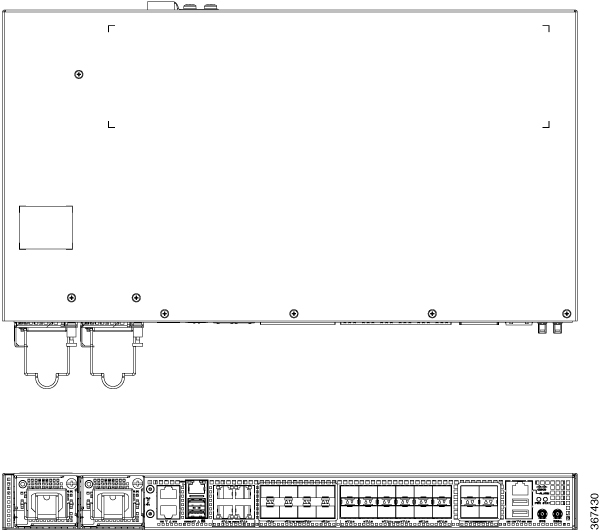Features
The Cisco ASR 920 Series Router family includes:
-
Cisco ASR 920 [ASR-920-20SZ-M]—This sub-family with 1 RU form factor has fixed ENET interfaces (four 10GE and twenty-four 1GE) and redundant modular power supplies (AC/DC).

The following table provides a snapshot of the number and type of supported ports:
|
ASR 920 Sub-family |
1 GE Port |
10 GE Port |
Type of 1 GE Port |
Type of 10 GE Port |
|---|---|---|---|---|
|
ASR-920-20SZ-M |
24 |
4 |
20 Fiber 4 Copper |
4 SFP+ |

 Feedback
Feedback